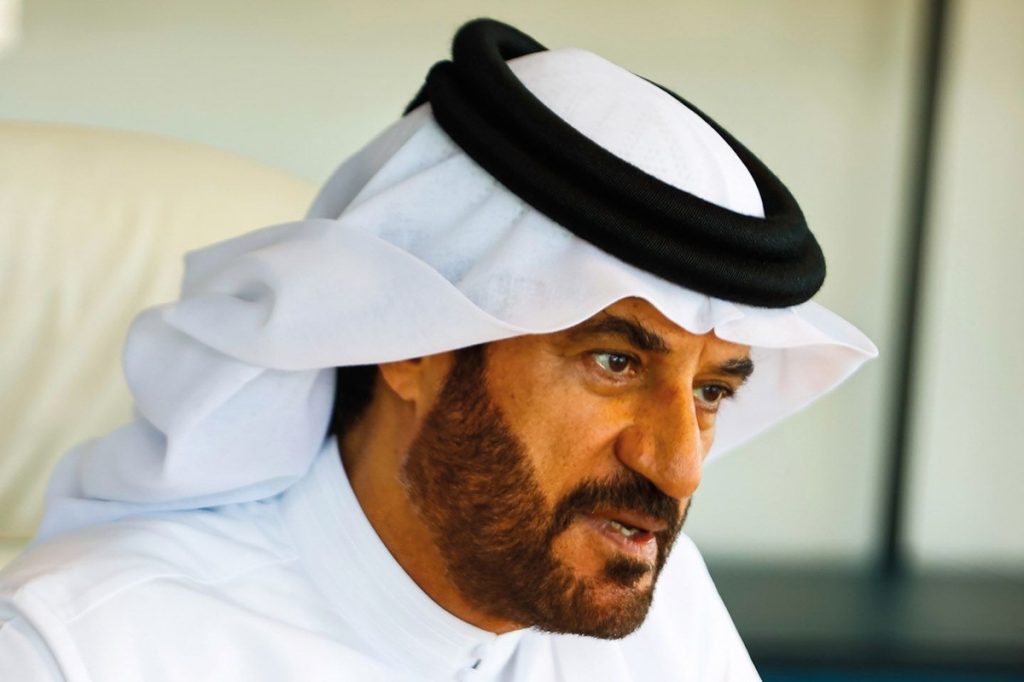Formula 1’s Shift in Engine Discussions
During the flashy season launch at London’s O2 Arena in February, Formula 1 found itself in a heated debate. It was reported that at an F1 Commission meeting, Christian Horner, the then team principal of Red Bull, placed his smartphone on the table. On the other end was Bernie Ecclestone, the former F1 chief, urging, “Bring back V10s.” This sparked a flurry of interest, but ultimately stalled due to the engine manufacturers’ resistance during a crucial meeting prior to the Bahrain Grand Prix.
Despite the pushback from manufacturers, FIA President Mohammed Ben Sulayem remains optimistic about incorporating naturally aspirated engines. He expressed this sentiment at a media briefing ahead of the British Grand Prix in July. His new proposal aligns with the concerns voiced by most manufacturers during the Bahrain summit, stating that a return to V10s was impractical on various fronts, primarily regarding road relevance and the necessity for some electrification to align with road car technology.
The debate within the paddock continues: should Formula 1 mirror advancements in road vehicle technology, or should it prioritize performance and sound, even if it means isolating certain manufacturers? While many purists lean toward prioritizing power and noise, they recognize practical challenges, such as the fate of manufacturer-backed teams and the feasibility of engine production.
Ben Sulayem’s V8 engine concept is now more appealing to manufacturers, many of whom still produce such engines. Simultaneously, internal combustion engines are experiencing a resurgence, driven by new technologies and shifts in the global market.
While the automotive industry heads toward electrification, there remains a significant consumer resistance due to perceived costs and preferences for traditional, powerful combustion engines. The western automotive sector is reacting to this resistance, especially with the rise of affordable, state-subsidized vehicles from China. Former Renault Group CEO Luca de Meo acknowledged this challenge before his departure.
If F1 were to revert to a V8 format, many details would need to be clarified, particularly concerning size and electrification ratios. The current distribution is 50:50, which has sparked controversy, and adjustments have been made to address potential power shortages. The FIA is considering shifting this ratio to favor internal combustion engines, possibly transitioning to an 80:20 or even a 90:10 model.
Ben Sulayem has also emphasized the need for significant cost reductions through the standardization of components, such as gearboxes and hybrid systems. He noted that many manufacturers produce V8s, suggesting a commercial rationale for this shift. The goal is to achieve cost reductions exceeding 50%, and this could be facilitated through standard parts and potentially cheaper materials.
As Formula 1 navigates these complex discussions, the future direction of engine technology remains uncertain yet filled with possibilities, balancing cost and technological advancements.



